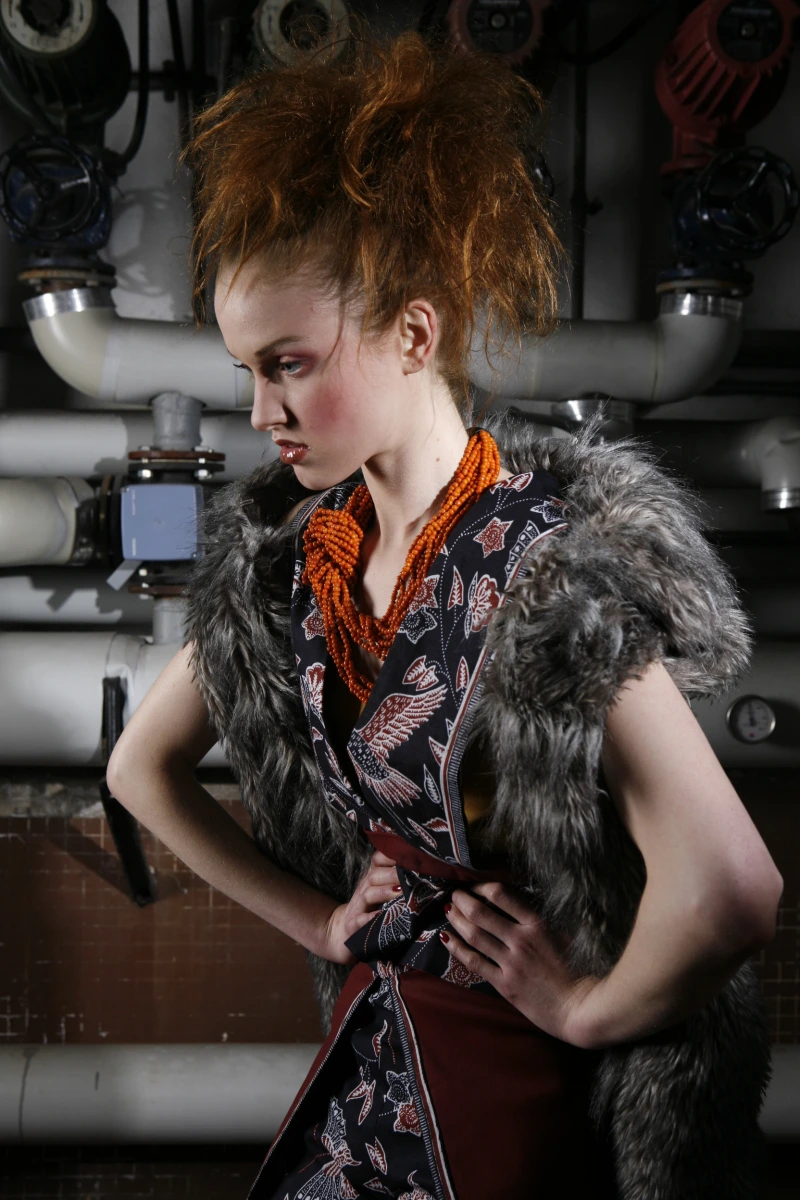For years, the fast fashion industry has been under fire for its harmful environmental impact, exploitative labor practices, and excessive waste production. Consumers, activists, and sustainability advocates have called for an end to the reckless overproduction of low-quality clothing that fills landfills and pollutes ecosystems. However, while sustainable fashion has grown in popularity, it often comes at a high price point, making it inaccessible to many consumers.
Enter fast ethical fashion, a game-changing movement in 2025 that seeks to bridge the gap between affordability, trendiness, and sustainability. This hybrid approach allows brands to produce clothing quickly and cost-effectivelywithout sacrificing ethics and environmental responsibility.
AI-Driven Supply Chains: Cutting Down Waste and Overproduction
One of the biggest criticisms of fast fashion has been its wasteful supply chain practices. In response, many brands in 2025 are leveraging artificial intelligence (AI) and automation to revolutionize production and logistics.
How AI is Transforming Fast Ethical Fashion
🧠 Demand Prediction – AI helps brands predict trends more accurately, preventing overproduction and unsold inventory.
🛠 Automated Factories – Robots and AI-driven machines create clothing with minimal fabric waste, increasing efficiency.
📦 Smart Inventory Management – Brands use AI to track sales and adjust production rates in real-time, reducing excess stock.
🌎 Eco-Friendly Logistics – AI optimizes shipping routes to cut down carbon emissions from transportation.
Fashion giants like H&M and Zara have already begun implementing AI-powered production, while emerging sustainable brands are making their mark with on-demand manufacturing models. Instead of producing large quantities in advance, clothing is made only when ordered, reducing waste dramatically.
Biodegradable and Upcycled Fast Fashion: Closing the Loop
Traditional fast fashion relies on cheap synthetic fabrics like polyester, acrylic, and nylon, which take hundreds of years to decompose in landfills. In contrast, fast ethical fashion is prioritizing biodegradable materials and upcyclingto minimize waste.
Biodegradable Fabrics in 2025
🌿 Algae-Based Textiles – Fully compostable and water-efficient, algae fabrics replace petroleum-based synthetics.
🍄 Mushroom Leather (Mycelium) – Vegan leather made from mushrooms is durable, stylish, and biodegradable.
🧶 Recyclable Polyester – New technology enables polyester to be endlessly recycled without losing quality.
In addition, upcycling old clothes into trendy new designs is becoming mainstream. Brands now offer incentives for consumers to return old garments, which are then repurposed into fresh collections—encouraging a truly circular economy.
The Shift in Consumer Behavior: Transparency is the New Norm
Today’s fashion consumers—especially Gen Z and Gen Alpha—demand transparency, ethical production, and environmental responsibility. In 2025, brands that fail to disclose supply chain details risk losing credibility and customer trust.
How Brands are Adapting
🔍 Supply Chain Transparency – QR codes on clothing labels now show factory conditions, labor wages, and material sources.
💰 Affordable Sustainability – More brands offer eco-friendly fashion at competitive prices, making ethical shopping accessible.
♻ Rental & Secondhand Growth – Fashion rental services and resale platforms like ThredUp and The RealReal are booming.
The rise of fast ethical fashion signals that affordability and sustainability are no longer mutually exclusive. The industry is proving that it’s possible to produce trendy, affordable clothing without destroying the planet or exploiting workers.

